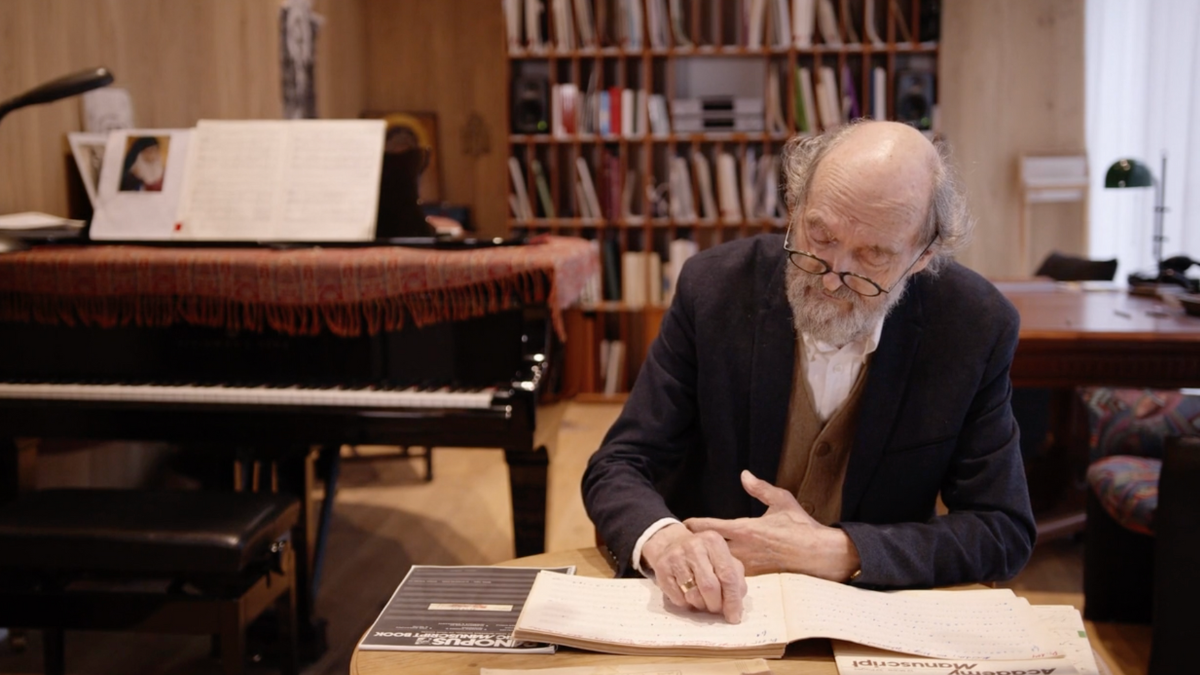Music is a balance of tension and resolution, a principle that has guided many great composers throughout history. However, contemporary composers often reject this natural order, opting instead for dissonance and atonality. This shift has led to a musical landscape that some critics describe as chaotic and unsettling, leaving audiences feeling alienated.
Explainer As A Former DC Cop, The Federal Takeover Was The Right Move
The recent celebration of Estonian composer Arvo Pärt, who turned 90 on September 11, highlights a contrasting approach. Pärt's work, deeply influenced by his Orthodox Christian faith, is being recognized globally, including at Carnegie Hall, for its beauty in a time when many contemporary compositions are perceived as lacking it.
The trend towards atonality is not accidental. It requires a composer to embrace the relativity of beauty and immerse themselves in complex musical theories, such as Arnold Schoenberg's 12-tone method. This approach often leads to compositions that prioritize dissonance over harmony, resulting in music that embodies human suffering without offering redemption.
Historically, music that challenged the status quo, such as Igor Stravinsky's "The Rite of Spring," sparked intense reactions from audiences. In its premiere in 1913, the piece incited a riot, demonstrating the power of music to provoke. In contrast, today’s avant-garde compositions rarely elicit such strong responses, often leading to indifference instead of engagement.
The decline in audience attendance at classical music performances reflects this shift. Many contemporary works are perceived as inaccessible, leaving symphonies struggling to attract listeners. The audience's withdrawal from classical music is not merely a trend but a significant cultural shift that raises questions about the future of the genre.
Pärt's music stands out as a beacon of hope. His compositions, such as "Trisagion," showcase a mastery of tension and resolution, offering listeners a glimpse of beauty amid suffering. Unlike many of his contemporaries, Pärt's work is innovative yet deeply rooted in tradition, appealing to a wide audience.
Other composers, such as Eric Whitacre and John Rutter, also demonstrate a commitment to beauty in their music. Whitacre's "Lux Aurumque" has garnered millions of streams, while Rutter's tonal compositions resonate with audiences seeking a return to more traditional forms of music. Their popularity underscores a cultural craving for beauty that contrasts sharply with the prevailing trends in contemporary classical music.
While modern techniques can express the depth of human suffering, the challenge lies in ensuring that such expressions lead to beauty rather than ugliness. The creative community within classical music faces a pivotal choice: to continue producing works that reflect despair or to seek paths that magnify redemption through their art.
Ultimately, the future of classical music may hinge on the ability of composers to balance innovation with beauty, creating works that resonate with audiences and reflect the complexities of the human experience. As the landscape of music continues to evolve, the legacy of composers like Pärt may serve as a guiding light for future generations.
Elizabeth Jerrell is a classical composer and former political marketing strategist. She now lives in the Appalachian foothills of Alabama with her husband and newborn son, where she operates the family-owned coffee roastery and composes music for local ensembles. Follow her on X: @MusingMusicianX.
Why it matters
- The shift towards dissonance in contemporary music has alienated audiences, raising concerns about the future of classical music.
- Arvo Pärt's 90th birthday celebration highlights a contrasting approach, emphasizing beauty and tradition in a chaotic musical landscape.
- The decline in classical music attendance reflects a cultural shift, questioning the accessibility and relevance of modern compositions.
- Composers like Pärt, Whitacre, and Rutter demonstrate a growing audience desire for beauty, challenging the prevailing trends in contemporary music.
What’s next
- Classical music organizations may need to adapt programming to attract audiences back to performances.
- Further discussions on the balance between innovation and beauty in music are anticipated in upcoming music conferences.
- Composers are encouraged to explore themes of redemption in their works to resonate more with listeners.
